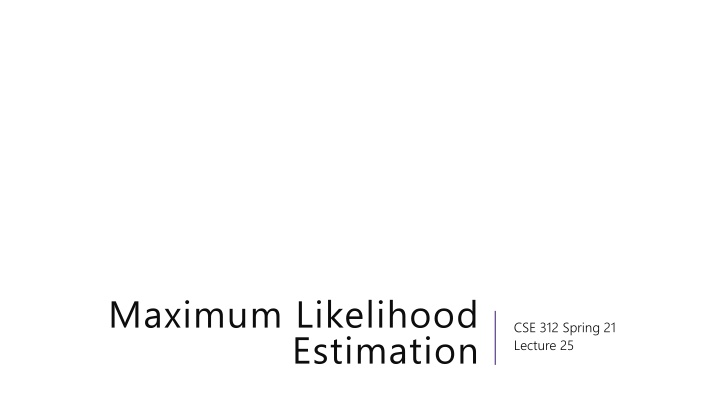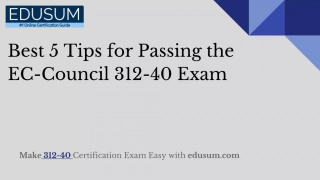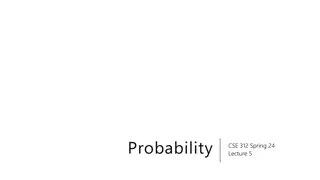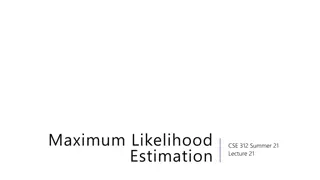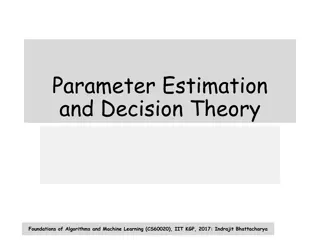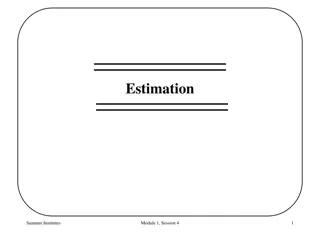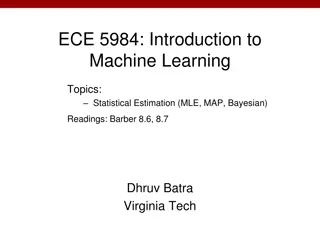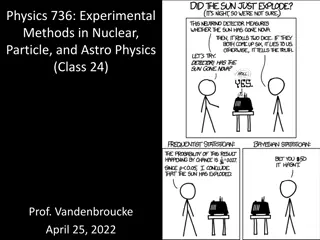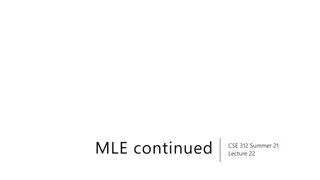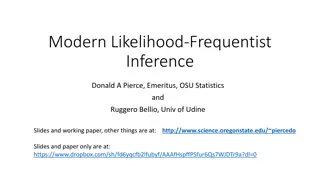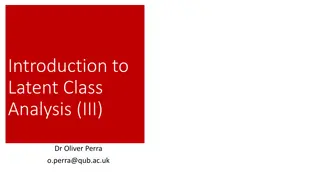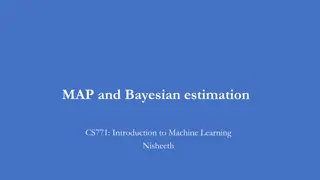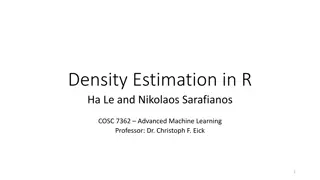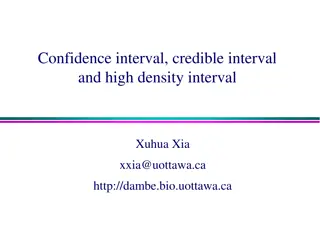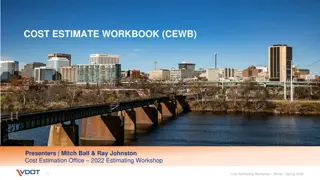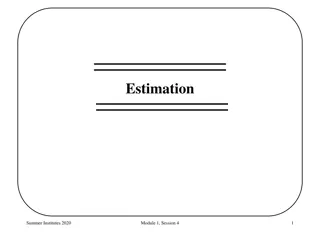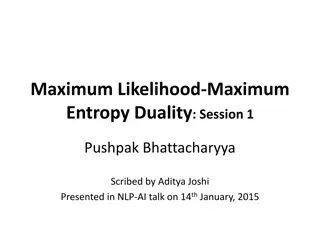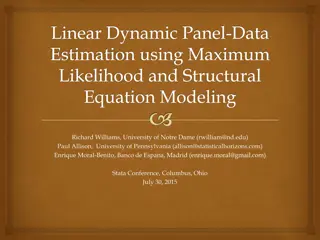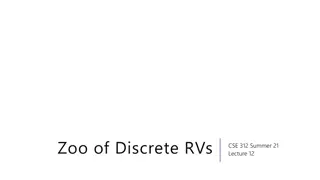Maximum Likelihood Estimation in CSE 312 Spring 21 Lecture 25
This lecture discusses the concept of Maximum Likelihood Estimation, focusing on estimating parameters based on observed events in an experiment. It covers the idea, formal definition, and notation associated with maximum likelihood estimation.
Download Presentation

Please find below an Image/Link to download the presentation.
The content on the website is provided AS IS for your information and personal use only. It may not be sold, licensed, or shared on other websites without obtaining consent from the author.If you encounter any issues during the download, it is possible that the publisher has removed the file from their server.
You are allowed to download the files provided on this website for personal or commercial use, subject to the condition that they are used lawfully. All files are the property of their respective owners.
The content on the website is provided AS IS for your information and personal use only. It may not be sold, licensed, or shared on other websites without obtaining consent from the author.
E N D
Presentation Transcript
Maximum Likelihood Estimation CSE 312 Spring 21 Lecture 25
Announcements You might get some trivial bounds on HW8. Don t replace the numbers with 0 or 1. Just continue with the calculations through the end of the problem. Robbie just made arithmetic mistakes when designing problems this week But the pedagogical value of the problems is still there. Also an (accidental) lesson that concentration inequalities don t always work. Howard s office hours moved to Wed (still others today)
Asking The Opposite Question So far: Give you rules for an experiment. Give you the event/outcome we re interested in. You calculate/estimate/bound what the probability is. Today: Give you some of the rules of the experiment. Tell you what happened. You estimate what the rest of the rules of the experiment were.
Example Suppose you flip a coin independently 10 times, and you see HTTTHHTHHH What is your estimate of the probability the coin comes up heads? Fill out the poll everywhere so Robbie knows how long to explain Go to pollev.com/cse312
Maximum Likelihood Estimation Idea: we got the results we got. High probability events happen more often than low probability events. So, guess the rules that maximize the probability of the events we saw (relative to other choices of the rules). Since that event happened, might as well guess the set of rules for which that event was most likely.
Maximum Likelihood Estimation Formally, we are trying to estimate a parameter of the experiment (here: the probability of a coin flip being heads). The likelihood of an event ? given a parameter ? is (?;?) is (?) when the experiment is run with ? We ll use the notation (?;?) for probability when run with parameter ?where the semicolon means extra rules rather than conditioning We will choose ? = argmax? (?;?) argmax is the argument that produces the maximum so the ? that causes (?;?) to be maximized.
Notation comparison (?|?) probability of ?, conditioned on the event (? is a subset of the sample space) (?;?) probability of ?, where to properly define our probability space we need to know the extra piece of information ?. Since ?isn t an event, this is not conditioning (?;?) the likelihood of event ?, given that an experiment was run with parameter ?. Likelihoods don t have all the properties we associate with probabilities (e.g. they don t all sum up to 1) and this isn t conditioning on an event (? is a parameter/rule of how the event could be generated). event ? having happened
MLE Maximum Likelihood Estimator The maximum likelihood estimator of the parameter ? is: ? = argmax? (?;?) ? is a variable, ? is a number (or formula given the event). We ll also use the notation ?MLE if we want to emphasize how we found this estimator.
The Coin Example (?| ) (HTTTHHTHHH ; ?) = ?61 ?4 Where is ? maximized? How do we usually find a maximum? Calculus!! ? ???61 ?4= 6?51 ?4 4?61 ?3 Set equal to 0 and solve 6?51 ?4 4?61 ?3= 0 6 1 ? 4? = 0 10? = 6 ? =3 5
The Coin Example For this problem, ? must be in the closed interval [0,1]. Since () is a continuous function, the maximum must occur at and endpoint or where the derivative is 0. Evaluate ( ;0) = 0, ( ;1) = 0 at ? = 0.6 we get a positive value, so ? = 0.6 is the maximizer on the interval [0,1].
Maximizing a Function CLOSED INTERVALS Set derivative equal to 0 and solve. Evaluate likelihood at endpoints and any critical points. Maximum value must be maximum on that interval. SECOND DERIVATIVE TEST Set derivative equal to 0 and solve. Take the second derivative. If negative everywhere, then the critical point is the maximizer.
A Math Trick We re going to be taking the derivative of products a lot. The product rule is not fun. There has to be a better way! Take the log! ln ? ? = ln ? + ln(?) We don t need the product rule if our expression is a sum! Can we still take the max? ln() is an increasing function, so argmax ln (?;?) = argmax (?;?)
Coin flips is easier (HTTTHHTHHH;?) = ?61 ?4 ln( (HTTTHHTHHH;?) = 6ln ? + 4ln(1 ?) =6 ? 1 ? Set to 0 and solve: ? ??ln 4 6 ? ?2 ??2= 6 maximum. 4 6 ?= 1 ? 6 6? = 4? ? =3 4 1 ?= 0 5 4 1 ?2< 0 everywhere, so any critical point must be a ?2
What about continuous random variables? Can t use probability, since the probability is going to be 0. Can use the density! It s supposed to show relative chances, that s all we re trying to find anyway. (??,??, ,??;?) = ??(??;?)
Continuous Example Suppose you get values ?1,?2, ?? from independent draws of a normal random variable ?(?,1) (for ? unkown) We ll also call these realizations of the random variable. 1 2?exp 1 ? 2?? ?2 2? 1 (??;?) = ?=1 1 ? 2?? ?2 ln( (??;?)) = ?=1 ln
Finding ? 1 2? 1 ? 2?? ?2 ln = ?=1 ln ? ??ln = ?=1 Setting ? = 0 and solving: ? ?? ? ? ?=1 ?? ? ? ?=1 Check using the second derivative test: ?? ? = 0 ?=1 ??= ? ? ? = ? ?2 ??2ln( ) = ? Second derivative is negative everywhere, so log-likelihood is concave down and average of the ?? is a maximizer.
Summary Given: an event ? (usually ? i.i.d. samples from a distribution with unknown parameter ?). 1. Find likelihood (?;?) Usually (??;?) for discrete and ?(??;?) for continuous 2. Maximize the likelihood. Usually: A. Take the log (if it will make the math easier) B. Set the derivative to 0 and solve C. Use the second derivative test to confirm you have a maximizer
What about ? and ? from last lecture ?was the number of people polled who said heads ? was the number of people polled who cheated on a spouse. We re trying to find an estimator for ?. The binomial coefficient is maximized when it s ?/2 Analysis is more complicated because we can t use calculus (defined only on integers) ? ? ? ? ?.5? ?.5? ?= ? ? ? ? ? ?.5? ? ? = ?;? = ? ? =? ? 2=? 2 ? = 2 ? ? 2 2 So this is also an MLE! This estimator is only handling the randomness in the coin flips, not the randomness in who was selected. You get the same answer if you back up that far.
